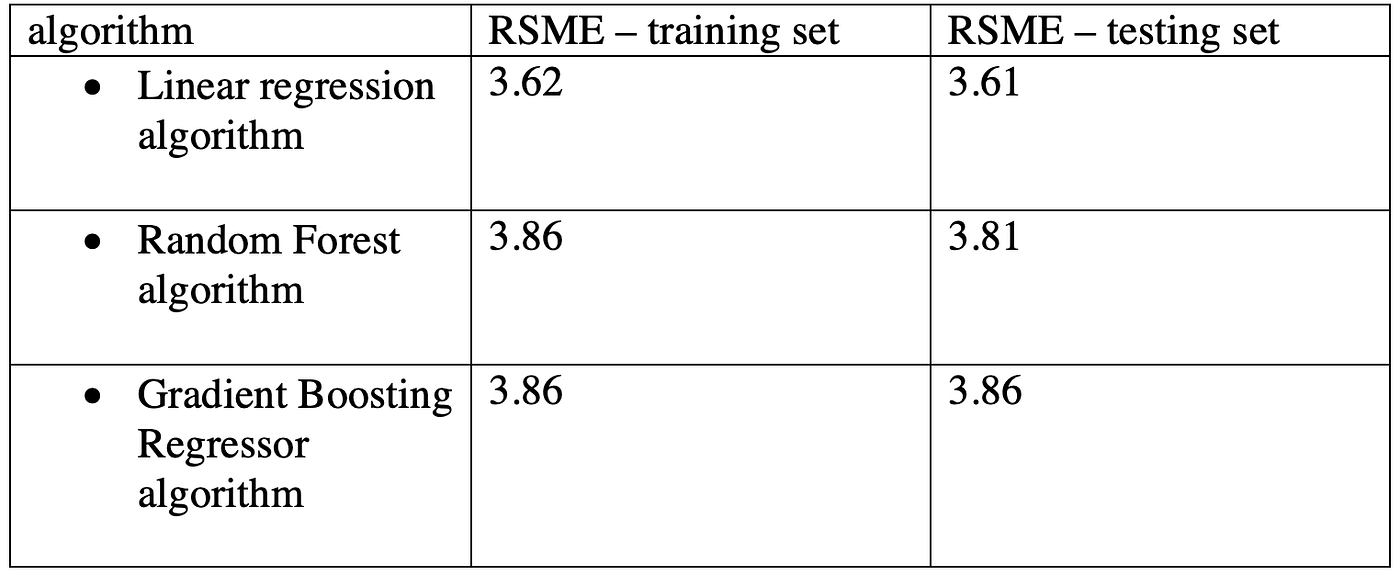79tka Insights
Your go-to source for the latest news and information.
Loyalty Scoring Algorithms: The Secret Sauce Behind Customer Devotion
Unlock the secret to customer devotion! Discover loyalty scoring algorithms that keep your customers coming back for more.
Understanding Loyalty Scoring Algorithms: How They Drive Customer Retention
Loyalty scoring algorithms are essential tools that businesses use to evaluate and enhance customer retention. These algorithms analyze a myriad of data points, from purchase history to engagement metrics, creating a comprehensive profile of customer behavior. By identifying patterns and segments of highly engaged customers, businesses can implement targeted marketing strategies that foster loyalty. For example, a simple loyalty scoring model may utilize a weighted system where points are assigned based on purchase frequency, average spend, and customer feedback, all contributing to an overall loyalty score that indicates potential long-term value.
Moreover, understanding how loyalty scoring algorithms work allows businesses to personalize their engagement strategies effectively. Companies can employ strategies such as tiered reward systems, where customers with higher loyalty scores receive exclusive offers or early access to new products. This not only improves the customer experience but also reinforces their connection with the brand. Ultimately, harnessing the power of these algorithms translates into improved retention rates and increased lifetime value, highlighting their significance in a competitive market.

Counter-Strike is a popular team-based first-person shooter that has captivated gamers since its inception. Players can engage in tactical gameplay, where strategy and skill are key to winning matches. To enhance your gaming experience and unlock exciting features, you might want to consider using a duel promo code to get some great bonuses.
The Key Components of Effective Loyalty Scoring Algorithms
Effective loyalty scoring algorithms are essential for businesses looking to enhance customer retention and maximize lifetime value. These algorithms typically rely on key components that enable the accurate assessment of customer behavior and preferences. One such component is transactional data, which includes purchase history, frequency of visits, and average order value. Analyzing this data allows businesses to identify high-value customers and understand their spending patterns. Moreover, incorporating demographic information, such as age, location, and gender, provides a more comprehensive profile of the customer, enhancing the scoring algorithm's accuracy.
Another vital element of effective loyalty scoring algorithms is the implementation of predictive analytics. By utilizing machine learning techniques, businesses can forecast future customer behavior based on historical data, enabling proactive engagement strategies. Additionally, incorporating customer feedback and sentiment analysis can provide insights into customer satisfaction and loyalty. These insights can be further segmented and scored to refine marketing efforts. Ultimately, a well-structured loyalty scoring algorithm empowers companies to tailor their programs, driving engagement and fostering long-term customer loyalty.
What Makes a Loyalty Scoring Algorithm Successful?
To understand what makes a Loyalty Scoring Algorithm successful, one must consider several key components that enhance its effectiveness. First, the algorithm must incorporate customer behavior data, such as purchase history, engagement levels, and frequency of visits. By analyzing these patterns, businesses can create a comprehensive profile of each customer, allowing for tailored marketing strategies. This data not only helps in understanding customer preferences but also in identifying potential churn risks, enabling proactive retention measures.
Another crucial factor that contributes to the success of a Loyalty Scoring Algorithm is its ability to adapt and evolve. As consumer behavior changes over time, the algorithm should be able to incorporate new variables and refine its scoring metrics accordingly. Regularly updating the algorithm with recent data, feedback, and market trends ensures that the scoring remains relevant and accurate. Ultimately, a successful loyalty scoring system not only retains existing customers but also fosters long-term relationships that drive sustainable growth.